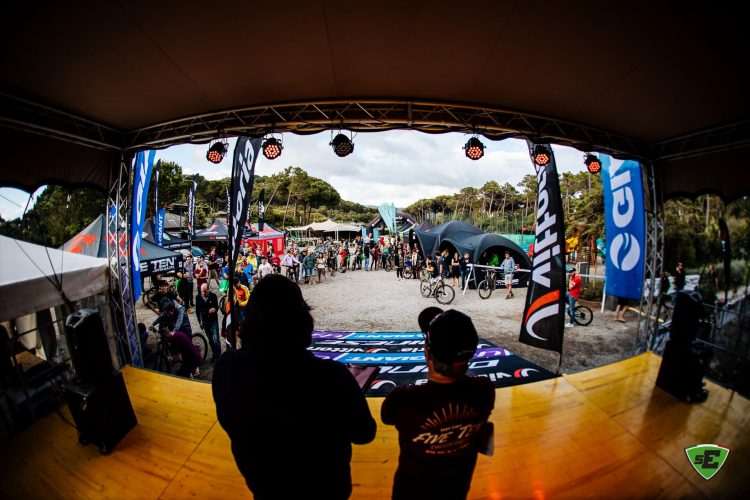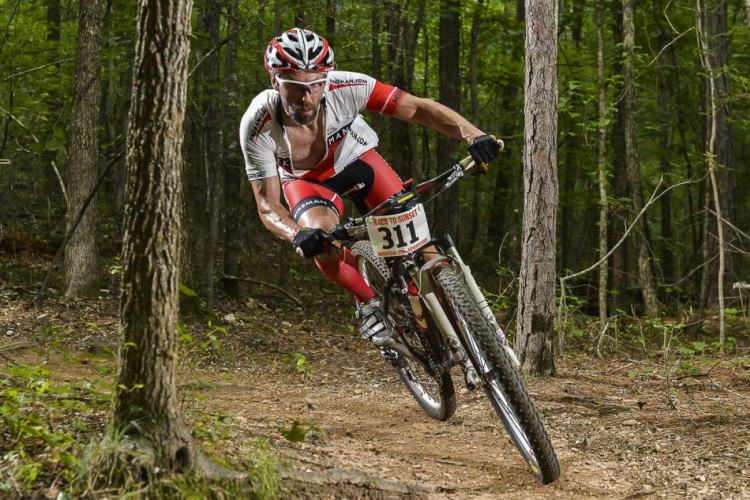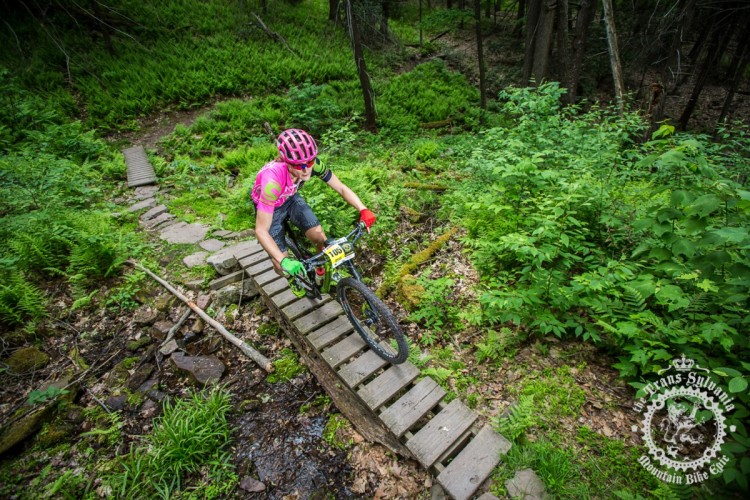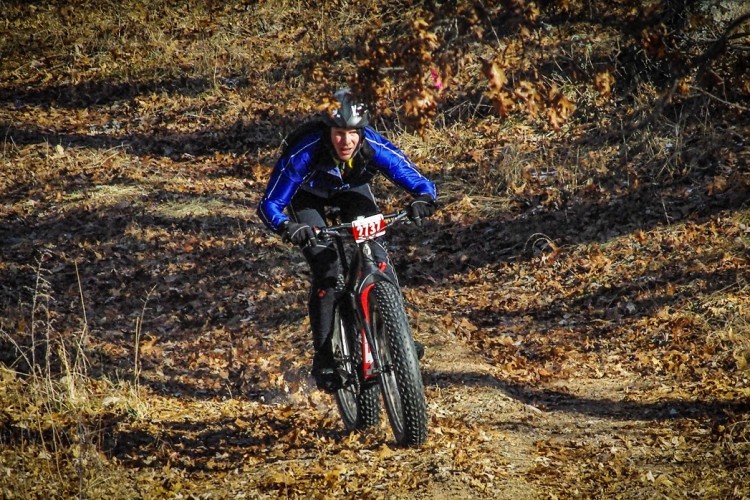
When enduro racing debuted in the US in the early 2010s, it filled a void in American mountain bike racing. Cross-country racing demands intensive training plans and lightweight mountain bikes that shy away from technical descents. At the other end of the spectrum, downhill racing requires an impractical bike for most riders and the necessity to live near a venue that hosts downhill races.
For a time, the Super-D format bridged the gap best. The courses were longer than a downhill race and less technical than one, which made the racing a little easier to sell to a wider audience. It also required more endurance than a traditional downhill race, which drew interest from the XC crowd. It had its drawbacks though.
“At first I thought this was great until I quickly discovered Super D was more like Super XC,” says Joe Lawwill. Lawwill raced national and World Cup level downhill in the 90s and now works for Shimano. “It was missing the mark but the concept was good.”
When the enduro word spread from Europe to the US, the format quickly overtook Super D in the states. The course conception changed slightly, and kept uphills to a minimum.
The growth of enduro and death of a series
Enduro organizers got creative with course planning and plotted out days with multiple stages. There were uphills, but those weren’t timed. The climbs just got racers from one downhill stage to another. The downhill stages could be raced on an everyday trail bike, which let the everyday mountain biker participate. Organizers could also successfully run an enduro series without any sort of governing body, which kept fees leaner and didn’t require racers to purchase a license to race.
The format flourished almost immediately in mountain states like Oregon, Washington, and Colorado and in 2012, the Big Mountain Enduro (BME) became the first enduro race in Colorado, and one of the first series in the country thanks to a kickstart by Yeti Cycles.
The series took off with stops including Moab, Steamboat Springs, and Durango, and it became the series when anyone talked about challenging and gnarly enduro racing in the Rocky Mountain region. The BME’s races stretched across Utah and Colorado to New Mexico, and this year will have its first races in Montana and Idaho.
[see_also id=’47371′]
As the popularity of enduro grew, so did the number of new race series in the Rockies. The Scott Enduro Cup presented by Vittoria was — for years — the biggest rival to BME, and claimed venues like Angel Fire, Moab, Powderhorn, Park City, and Durango, whereas BME had settled into Keystone, Winter Park, Crested Butte, and Aspen.
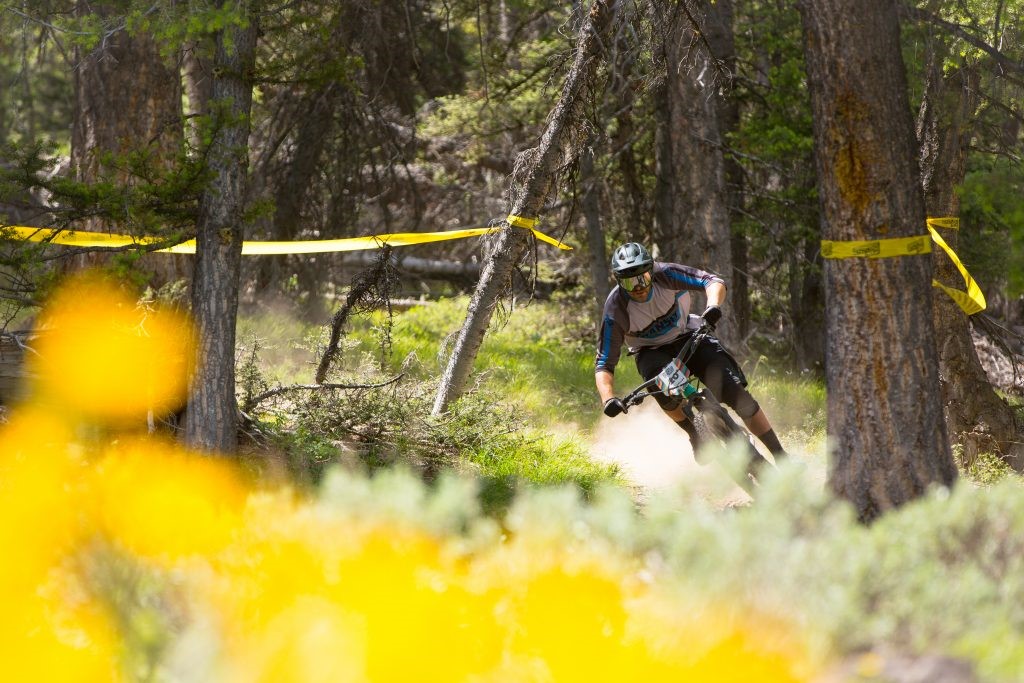
The Scott Enduro Cup courses and competition level were typically not as intense as a BME. The Enduro Cup saw success in racing for five years, and had a full schedule of six events over the 2018 season. In the winter of 2018 though, when riders were stuck inside daydreaming about racing and anticipated the release of the 2019 Enduro Cup schedule, there was a surprising announcement.
“We regret to announce that the Enduro Cup will not take place in 2019. Our team has loved being a part of this community over the years. Thank you to all of our riders and partners who have made this event possible,” said Enduro Cup organizers in a Facebook post. “It has been an absolute pleasure to grow with the sport of enduro mountain bike racing. We look forward to following its progress.”
Racers pondered the absence of any explanation and mourned the loss of the series in comment threads. Really, all anyone could do was speculate. From the outside, the series looked healthy and ready to run another year of racing.
Dragonfli Media, the communications firm for the Enduro Cup was reluctant to offer any explanation for this story. “There were a number of factors that went into the decision and unfortunately, it was not viable for our business this year,” said Eli Davis in a short response to an inquiry from Singletracks.
Race organizers around Colorado like Brandon Ontiveros of BME, and Keith Darner of the Rocky Mountain Race Series assumed that Enduro Cup was doing just fine before the announcement. Later on, Darner heard some different information through the grapevine.
“I think part of the reason that Scott Enduro [Cup] went away – and [this is] my understanding, is that they lost some significant sponsorship funding,” said Darner.
Grassroots racing

Darner knows through first-hand experience that it can be near impossible to run a race series, especially an enduro with resort and backcountry venues, without sponsorship funding. Darner spearheaded the creation of Big Mountain Enduro before Yeti Cycles sold the race to Brandon Ontiveros. Before he ran BME, he ran the Mountain States Cup and worked with the Yeti Factory Race team. Darner has also run several other races like The Whole Enchilada Enduro, The Monarch Crest Enduro, Rocky Mountain Enduro Series, Rocky Mountain Race Series, and several more.
“There’s so many costs that the rider doesn’t see. It all adds up,” he says. “If you don’t have a 200 person field, you lose money. You have to have 175-200 riders to make it work.”
The expenses add up whether it’s a backcountry race that needs a permit from the Forest Service or a lift-served race in a bike park. Darner says that the Forest Service has charged him between $3.25 and $7 a head for fees in backcountry races. That’s on top of the permit fee for a race, which runs around $150.
Then there’s medical expenses. The last time Darner ran the Monarch Crest Enduro, a multi-day backcountry enduro race down the famed IMBA Epic trail, he paid almost $5,000 for emergency medical services.
[see_also id=’254829′]
“You have to have paramedics or EMTs for an event like that and those guys are making anywhere from $35-$45 an hour depending on their medical rating.”
With the added expenses and administration fees, the profit margin can be pretty low for race organizers.
“For the Monarch Crest Enduro, I was charging over $300 for that event and when all the math was said and done, I walked away with less than $500,” said Darner.
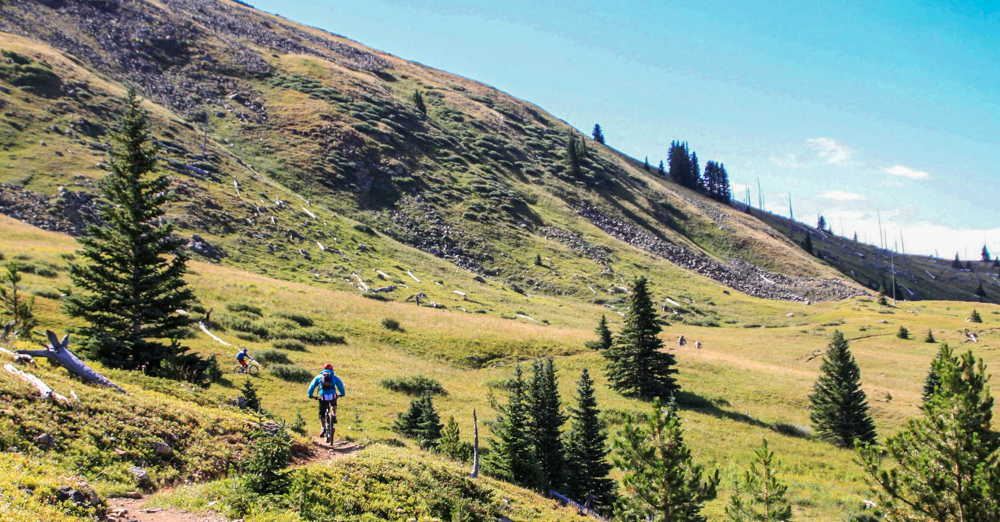
Bike parks are a different story. Darner wanted to have his current series, the Rocky Mountain Race Series, which is a mix of cross-country and downhill events, at Angel Fire Bike Park, but couldn’t fork out the fee to race there, which he says is $2,500.
“Bike parks are getting so much ridership now, that they don’t want to close runs for a race because it’s inconveniencing their regular pass holder or ticket user. To compensate for that, ski areas now charge us to bring them events.”
Before Darner started Rocky Mountain Race Series, he and a friend tried out the Rocky Mountain Enduro Series for two seasons, but struggled to gain traction. With Big Mountain Enduro and Scott Enduro Cup “trying to outgun each other on who can be the gnarliest enduro” in the state, it was tough to carve out a spot for the Rocky Mountain Enduro Series. Darner and his friend realized they had different visions for the race series and parted ways. Darner started Rocky Mountain Race Series and his friend started Revolution Enduro.
Darner’s race production company, Chocolate Bunny Productions, now has a race called the Salida Mountain Funduro in Salida, Colorado aimed for the working person, who’s maybe a little bit older or has more familial obligations than the competitive enduro crowd. “It will challenge you, but not scare you to death,” reads the description on the website.
What’s in it for sponsors

“Sponsors are nice because they offset costs, especially in the first year or two of the series, because your overhead is such that if you’re relying on entry fees…it’s a difficult thing,” says Ken Avery of Vittoria Tires.
Vittoria was the presenting sponsor for the Enduro Cup up until 2018. Neither Scott or Vittoria renewed their sponsorship contracts with the Enduro Cup series. Scott moved to a title sponsorship for the Epic Rides Off-Road series, but says that their partnership with Epic Rides had no bearing on their decision not to continue with Enduro Cup.
For Vittoria, the brand had a great fit with the race series, but it was time to move on after 2018. Vittoria has always been a strong brand for road cycling and only started producing mountain bike tires in the past few years. Being a presenting sponsor for a regional race series was a great marketing opportunity to get the word out.
“The Enduro Cup was a phenomenal showcase for what our current product was able to do. We won the overall, I mean what else do you want?,” says Avery. “Arguably, everyone else there was probably running Maxxis. For us, it’s a matter of taking that and running with it to a higher level.” Vittoria riders Chris Boice and Teal Stetson-Lee both won the overall Enduro Cup title in different years.
But, for a brand that’s gaining more popularity as a mountain bike tire, it’s a matter of fitting their message with the right partners. Avery says they’d like to showcase their tires at a higher level like the Enduro World Series or downhill World Cup. But, they also want to portray Vittoria as a high-quality tire for the everyday rider who isn’t concerned with racing.
“Racing is a great way to show your product’s ability at a great level, but it’s not the only way,” says Avery.

And for others, sponsoring a race is also much deeper than getting a brand’s name out.
“Let’s face it, pretty much anybody showing up to an event to race knows the Shimano brand, so just sponsoring an event to get our name out there is not a high priority,” says Joe Lawwill of Shimano.
Lawwill explains it’s a chance to interact with customers who have bought Shimano product and invested in the brand, offer neutral race support, support Shimano sponsored riders, and market new Shimano products. Even though it’s a large expense for the company, it makes sense for them to attend the event, rather than throw up banners without a presence.
“A typical enduro event can handle up to about 350 riders which means our reach is not huge. But, I fully believe that people that are participating in enduro events are not your average consumer. These are people that other consumers ask for advice.”
When Lawwill joined Shimano seven years ago, enduro was just taking off in the states. After organizing several Super Ds himself he knew that enduro would quickly take the main stage of mountain bike racing in the US. When Brandon Ontiveros started the Oregon Enduro Series, Lawwill rushed to sign Shimano on as a title sponsor.
“It was very important to me that enduro was successful. Enduro racing when done right is an amazing experience and with the direction trail bikes have gone, it’s the perfect avenue to use what the bulk of mountain bike sales were migrating to. So, that alone was enough reason to support enduro as it could potentially be the type of event that could draw way more people than DH and XC.”
Now that the sport of enduro is established, Shimano looks at the reputation of an event and what a race does to give back to the land they race on. A series like the Trans-Cascadia — which is as much of a non-profit focused on sustainable trails as it is a race — is a good fit for Shimano. That, or a series like the BME that’s kept racers interested year after year.
Success
Brandon Ontiveros knows that several factors go into maintaining a successful race series. Keeping the venues and courses fresh is at the top of the list. Riders lose interest if they see the same venue on the schedule for several years in a row, especially if it’s comprised of the same trails. It also gets competitive between different race series when booking venues.
“It sounds crazy, especially in Colorado, because we have such a strong mountain bike market, but it’s pretty cutthroat for the events,” he says. “There’s only so many bike parks and so many mountain bike towns to host a world class enduro, so all of them are calling the same venues.”

That’s been one of the challenges for BME. With so many different enduro events across the country in the summertime, sponsors and racers alike are stretched thin and have to be decisive with which events to attend. To stay ahead of the competition, BME books its locations far in advance. They announced their 2019 schedule in September of 2018 and are almost ready to release the schedule for 2020.
On top of that, the right timing system is important for BME, as are relationships with land managers and sponsors, and the right staff, and whether it’s one thing or another, BME is heading into another busy year of racing with their first two events in Santa Fe and Winter Park sold out.
As some events grow, like the BME, or Eastern States Cup, and others fall like the Enduro Cup, Rocky Mountain Race Series, or the Idaho Enduro Series, which also dissipated this year, Ontiveros doesn’t see it as a threat to the discipline. Enduro isn’t in its infancy anymore, and more or less, things are settling into place. It doesn’t need to be fed copious amounts of money or media attention to grow anymore. Now, enduro just needs the right nutrients to sustain itself.
“I feel like the growth and explosion of things happened so fast that people weren’t ready for it.” When Ontiveros talks to racers, their main focus is still enduro and when he talks to bike shops, they’re still selling mostly enduro bikes.
“All in all, I don’t see a decline in the sport, it’s just the cyclical nature of business in general.”











